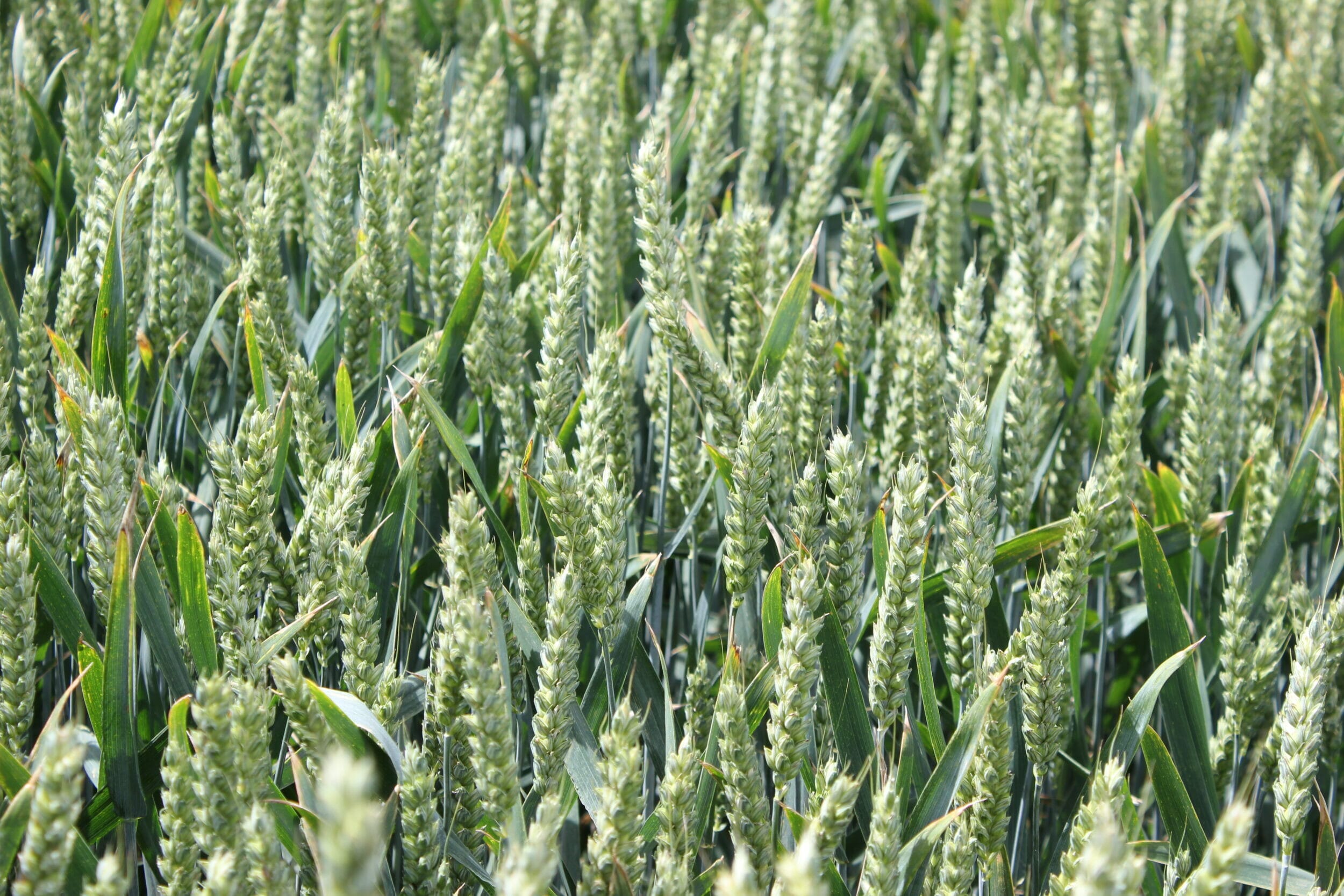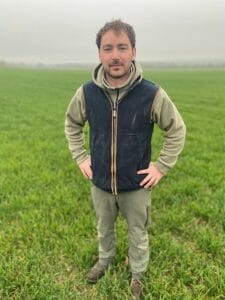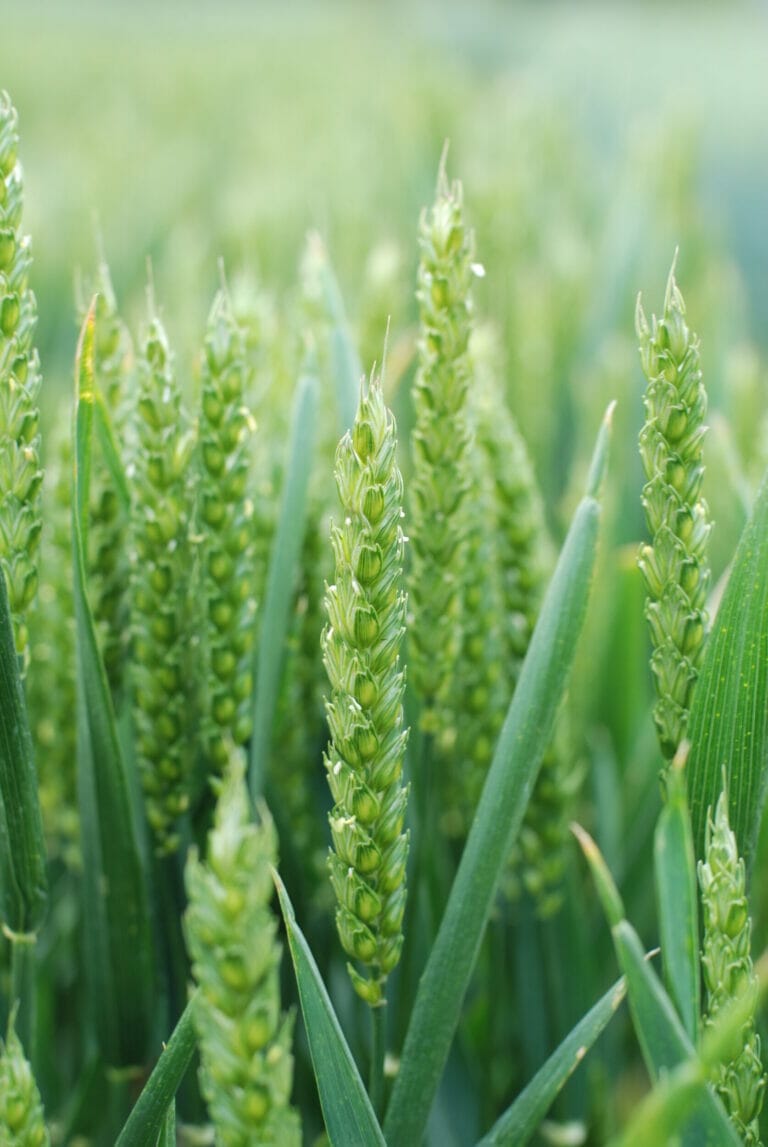
The yield potential, grain quality and agronomic characteristics of LG Skyscraper have seen it hold its place on one Cambridgeshire farm, as others have fallen by the wayside.
Harry Sperling, who manages a 400 ha (1,000-acre) family farm near Huntingdon with his father, Henry, started growing LG Skyscraper in 2019/20, and has been pleased with its performance so far despite a challenging couple of seasons.
“Previously, we were growing RGT Saki and KWS Firefly, which performed well enough in terms of yield, but we found we were spending too much money on them. Last year we lost a few varieties following the emergence of the Cougar [Septoria] race, so in some ways we’re starting again to find varieties that perform on our farm.”
This year he is growing 35 ha of LG Skyscraper, alongside a range of other winter wheats, mostly hard Group 4’s, and a Group 2. “Our main reason for growing LG Skyscraper is yield,” Mr Sperling says. “But we also like its ability as a second wheat that we can drill late and combine early, to establish oilseed rape straight after.
 “We grew it as a second wheat for the first two years, but are trying it as a first wheat this year to see where it fits best on our farm.”
“We grew it as a second wheat for the first two years, but are trying it as a first wheat this year to see where it fits best on our farm.”
LG Skyscraper’s grain quality characteristics are a further attraction, as most is sold into local soft grade milling markets, which attract a worthwhile premium, he notes. Last year’s crop yielded a respectable 10.42 t/ha in the second wheat slot, with 77-79 kg/hl specific weight and 11.8% protein.
That was despite tricky drilling conditions in the previous autumn and a prolonged cold, dry spell in late spring 2021. “We’ve found LG Skyscraper does cope well in a dry spring. It tillers and roots strongly and takes up nitrogen well, which helps it stay greener for longer. It’s a cracking variety and I’m pretty sure we could get 11 t/ha-plus in a good year.”
Mr Sperling recognises the importance of ensuring there is a high enough plant population to maximise yield, and says seed rates are increased from 400 to nearer 425 seeds/m2 for second wheats sown towards the third week in October.
Second wheats typically receive around 250 kg N/ha in four splits, including urea in mid-February, ammonium sulphate and urea in early and late March respectively, then a final ammonium nitrate application in mid-April (timings depending on the season).
Competitive ability
Mr Sperling says LG Skyscraper’s tillering capacity and height also give it a useful competitiveness against black-grass, which can be an issue on the reasonably heavy soils. Land going into winter wheat is typically cultivated with a Väderstad TopDown, followed by a Rexius Heavy Press, then is left for black-grass to germinate before being sprayed off with glyphosate ahead of drilling in the second or third week of October.
“We’re definitely improving black-grass control, although there is some that we have to live with, so the tillering and height of LG Skyscraper certainly help. If black-grass gets too much though, we will put fields into spring cropping.”
This season, he is growing 10 ha of LG Diablo spring barley on the worst black-grass field. “It’s a high yielding, multipurpose variety that delivers low grain nitrogen and high alcohol content, so is good for both farmers and buyers.”
Mr Sperling last grew LG Diablo in 2020, when heavy rain disrupted autumn drilling schedules. “It was a tricky year as spring 2020 turned very dry, but Diablo coped pretty well and it all made malting spec at 1.6% grain nitrogen.
“The LG Diablo was last to harvest in that year, but it worked well in terms of spreading our workload,” he adds. “Winter crops are still clearly the best for gross margin, but we will keep spring barley in the rotation where required.”
































